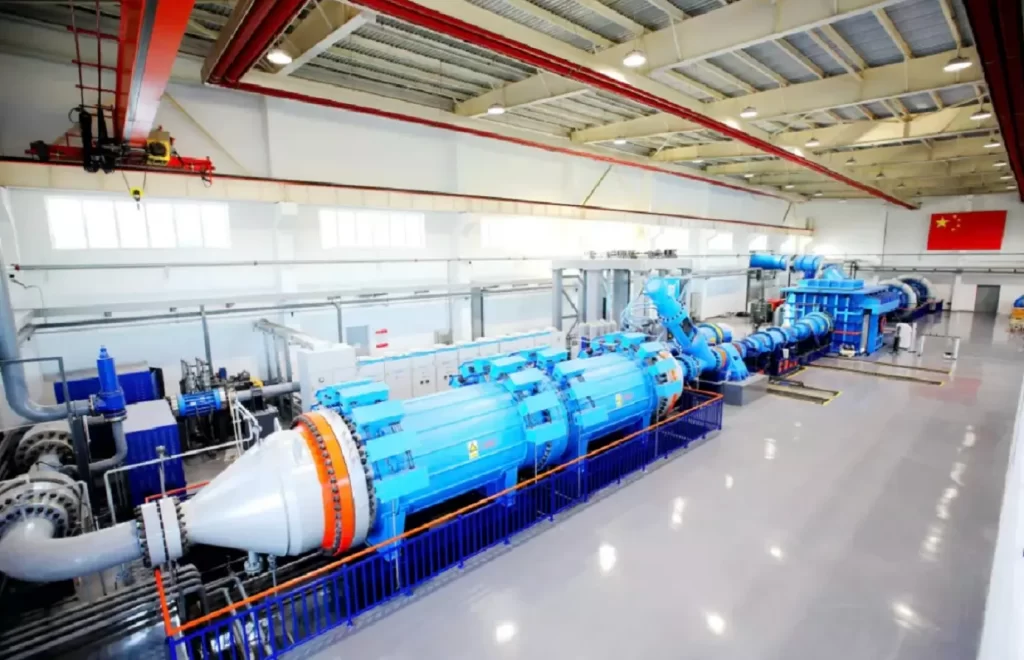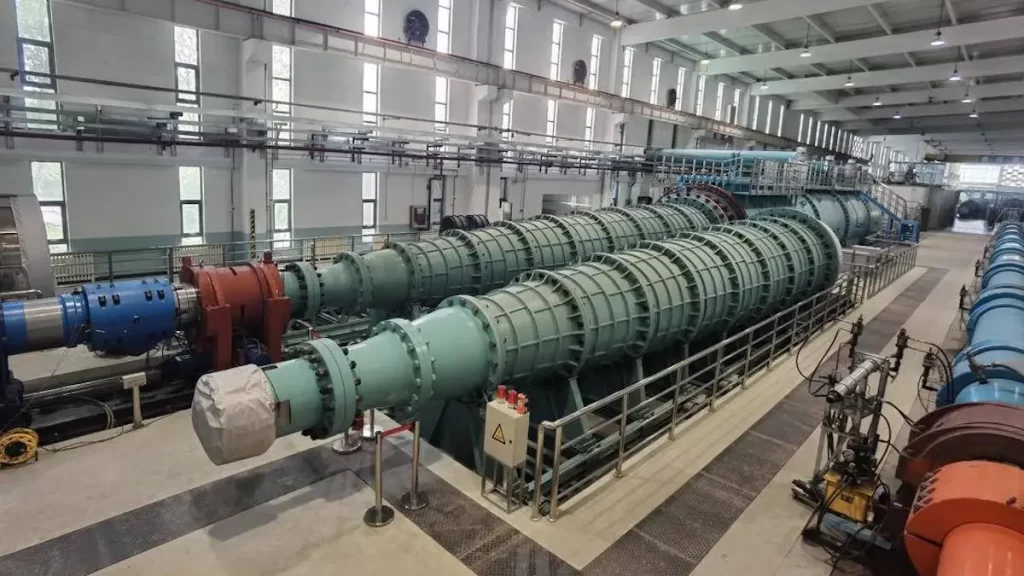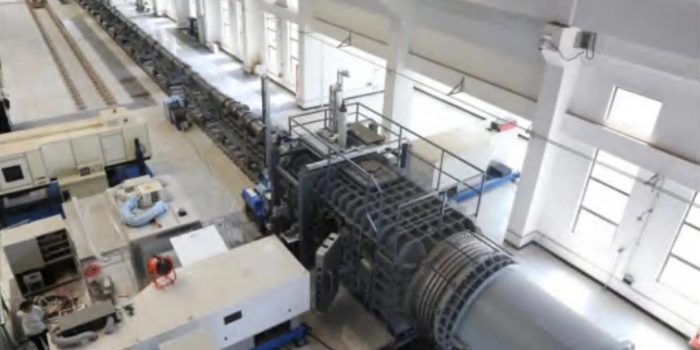With the completion of the world’s most potent wind tunnel at the Institute of Mechanics facility in the Huairou neighborhood of Beijing, China recently made substantial advancements in hypersonic technology. China’s aspirations in the area of hypersonic research and development have increased as a result of this achievement.
The concept of hypersonic speed, or traveling at five times the speed of sound (Mach 5), has drawn a lot of interest from both the military and the general public. Experts speculate that China may have already mastered and used this technology. Nations around the world have been vying to build hypersonic weapons. By 2035, China hopes to revolutionize high-speed air travel for the general population by deploying hypersonic aircraft.
When an object travels at hypersonic speeds, the air molecules around it become highly compressed and generate intense heat through molecular dissociation. Therefore, it is crucial to comprehend the complex flows associated with this phenomenon before constructing aircraft or weapons that surpass these speeds. Wind tunnel testing plays a vital role in identifying design flaws or potential failures before a full-scale prototype is built.

China’s newly constructed JF-22 wind tunnel surpasses existing capabilities by a significant margin. Over a span of five years, researchers built a tunnel with a diameter of 13 feet (four meters), capable of generating airflow speeds of up to 6.2 miles (10 km) per second. In comparison, NASA’s wind tunnel at Langley Research Center reaches speeds up to Mach 10 but has a smaller diameter of 2.62 feet (0.8 m).
The larger cross-section of the JF-22 tunnel allows researchers to test larger objects, enabling more accurate flight data. For example, the diameter of an intercontinental missile is also 13 feet, facilitating the evaluation of the impact of sending such a missile at speeds higher than Mach 5.
To overcome the energy-intensive nature of generating high-speed winds in the wide-diameter JF-22 tunnel, Chinese researchers devised an innovative approach. Instead of conventional methods involving high-pressure gas in a low-pressure chamber, they employed precisely timed explosions to generate shock waves that reflect off each other and converge at a single point. This method offers the ability to create tailored air flows for testing various types of vehicles and materials.

The JF-22 facility is strategically located alongside China’s JF-12 wind tunnel, which supports testing up to Mach 9 speeds. By combining data from both facilities, China aims to further advance its expertise in the hypersonic domain. The completion of the world’s most powerful wind tunnel marks a significant step forward for China’s hypersonic research and positions the country at the forefront of this rapidly evolving field.


